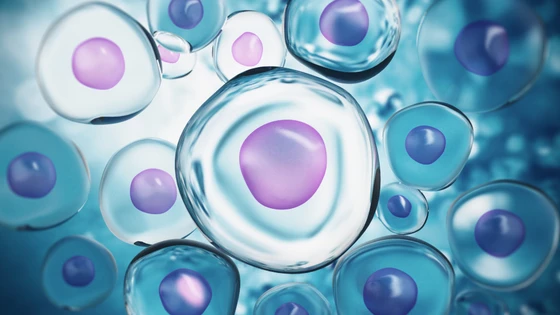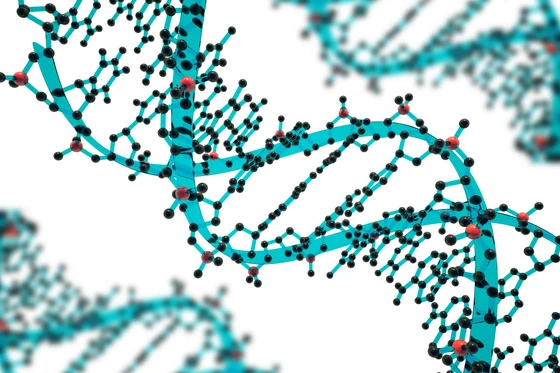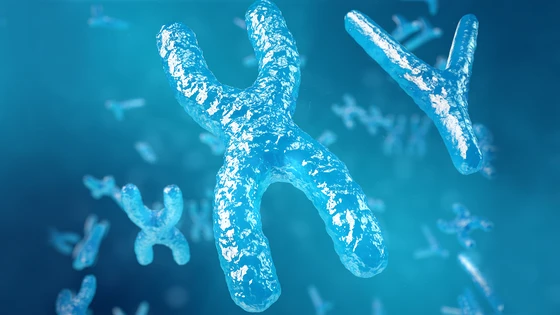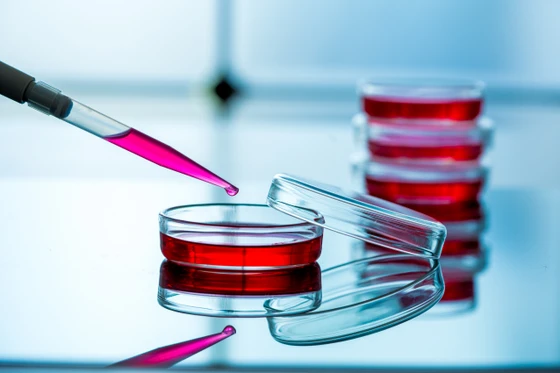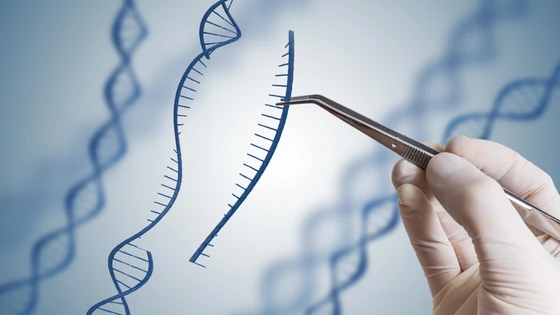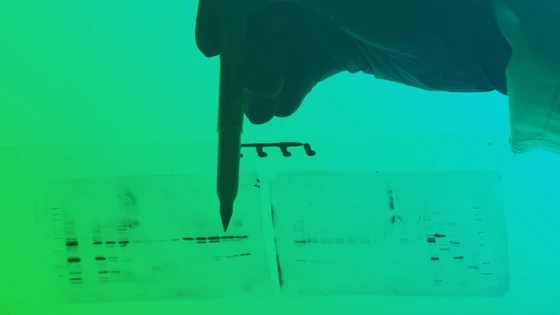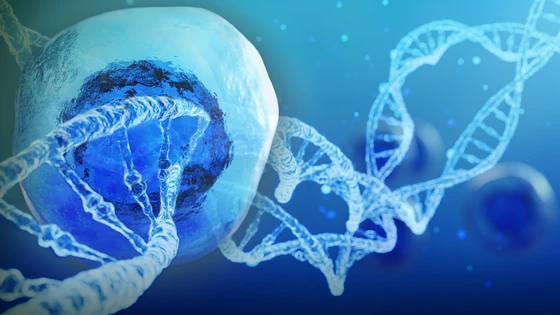Contents
Research is hard; it is like trying to keep a New Years Resolution to stay fit while getting offered donuts every day. We are going to fail...a lot. Some of those failures may be due to technicalities, but sometimes our scientific conclusions aren’t consistent with reality due to the cell model we have chosen to conduct our experiment in. These can have huge implications from misunderstanding data and result in months of wasted time and money.
In this blog post, we will cover the different cell types used in experiments, elaborate on how the choice of model cell type influences an experiment, and expand on the specific use cases for each cell type in your experiment.
Any experiment consists of three main components: the model that we are testing the experiment in, the assay we are using to measure some phenotype or output, and the modulator we are using to tweak the system. Modulators can include conducting a CRISPR knockout or using a drug to block a protein or any other form of “stress”, meant to incite a response. While both the assay and the stressor are important aspects of an experiment, both of which require robust optimization to ensure what you are measuring is actually real and useful, the model in which we conduct all of these studies will determine how relevant the result is. There are many different model systems that can be used for in the experiments; researchers have successfully used CRISPR in mouse models, zebrafish, and drosophila, as well as in cultured cells or in biochemical reactions in vitro.
The vast majority of discovery research is conducted in cultured cell lines. These often grow rapidly and are easier, faster and cheaper to manipulate than animal models and can provide more relevant data than in vitro experiments. There are several different kinds of cell lines, defined below:
- Immortalized Cell Lines - Originally derived from living tissue, these have been transformed to grow indefinitely, often by over-expressing oncolytic pathways such as hTERT or HPV E6/7. Generally, drift away from normal genomic configurations as they adapt to standard culture conditions. They can be easier to manipulate.
- Primary Cells - derived from living tissue, can be difficult to manipulate and can only be grown for a finite period of time before the cells undergo senescence.
- Induced Pluripotent Stem (iPS) Cells - cells derived from healthy or disease-donor tissue that has been reprogrammed to maintain stem cell characteristics. This enables these cells to differentiate into any cell type with an appropriate differentiation protocol. Maintain a normal, diploid chromosomal configuration. They can be manipulated and grown indefinitely if cultured correctly.
What is the best kind of model for your research? Well, it all depends…
Immortalized Cell Lines: Workhorse of Basic Research
These can be easy to manipulate and are very commonly used. They can retain some features of their origin tissue type, however, this should be independently verified as many cell lines can drift over passage numbers and in different culture conditions. One challenge with immortalized lines is that they often contain multiple genomic alterations and are generally not diploid. While some immortalized cell lines are easier to work with, such as workhorse cell lines HEK293 and HeLa cells, it is important to validate that the pathway or phenotype you are studying can even be assayed in that cell line. While immortalized cell lines are easier to study, they trade off efficiency for biological relevance, so reaching conclusions from immortalized cells without any confirmation from primary cells or animal models is hazardous and can lead to incorrect results.
Immortalized lines are also often used in cancer studies, as through transformation, they become more like tumor cells than normal tissue and many cell lines are derived from tumors. However, it is important to note that in many tumors, there is a wide diversity of tissue types that maintain a balance within a tumor environment. This is often not recapitulated in relatively homogenous cell line populations. It is also important to note that the cancer models we may be utilizing, may not adequately recapitulate the tumors we hope to decipher.
Primary Cells For Final Validation Studies
Primary cells are the closest to “real” tissue, but also the most difficult to work with. They often cannot be made into clonal cell lines and when grown in traditional cell culture conditions, on rigid plastic, they will begin to drift and change their characteristics to grow in the new conditions. This makes CRISPR editing of primary cells particularly challenging. Large numbers of cells are often required, which may not always be available and substantial variation can exist between different donors that can confuse results. Due to many of these limitations, primary cells are often saved for final validation studies as concrete evidence that the effect being studied may be relevant.
Induced Pluripotent Stem Cells
While it can often take 6-12 months to master culturing induced pluripotent stem (iPS) cells, they can be a bridge between cell lines that may not replicate normal tissue and the delicate nature of primary cells. iPS cells in their own right are generally not inherently useful for tissue-specific biology. However, they can be manipulated far more easily than primary cells and clonally isolated. These modified cells can then be differentiated into diverse and complex cell types such as cardiomyocytes and neuronal lineages that more concretely represent that tissue type. This allows for much more biologically relevant insights and even opens the door to patient-specific disease modeling. As iPS cells can be created from the cells of any human, the cells of a patient with Alzheimer’s disease can be reprogrammed to iPS cells for characterization. If a mutation is thought to be necessary for the disease progression, this can be either “reverted” to the wildtype version or inserted into otherwise normal cells. These can then be differentiated into neuronal cells and studied for characteristics of Alzheimer’s disease.
iPS cells represent an exciting new frontier in disease modeling and drug discovery, as we can now faithfully recapitulate and screen genetic variants in realistic cells without genetic abnormalities that may distort the results.
How To Choose the Right Cell Type?
The choice of cell type should be dictated by your end goal and the tools at your disposal. For initial studies, an immortalized cell line can be used to study many variables quickly, whereas primary cells are often reserved to confirm phenotypes in more relevant samples. Finally, iPS cells can be differentiated into complex tissue types that are often not very robust in immortalized cell lines.
Finalized a cell type but don’t want to spend the time editing them? At Synthego, we support scientists by providing stable and high-quality edited cell lines in hundreds of immortalized cell lines and iPS cells. Contact us to find out how we can help you achieve your research goals.
